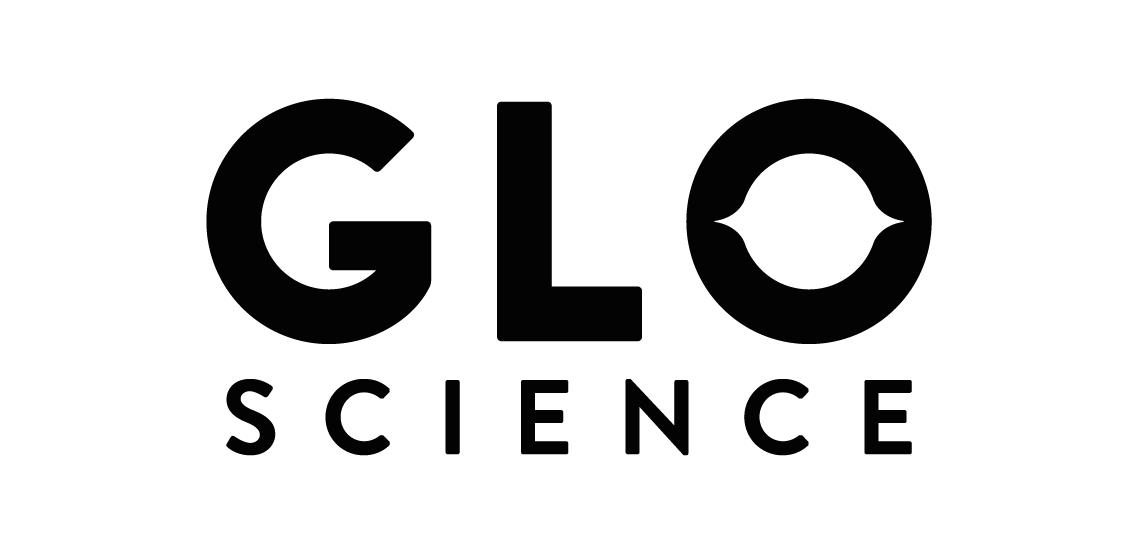Good Ingredients
In addition to an effective active ingredient, you'll want to keep an eye out for other helpful home teeth whitening ingredients, like these five found in GLO Science products:
Hydrogen Peroxide Teeth Whitening:
You already learned hydrogen peroxide is a safe and effective teeth whitening agent, but it's also a mild antiseptic that can prevent infection. You can use it as an oral rinse for a clean and healthy mouth. Since it degrades quickly when exposed to oxygen, it does require special airtight packaging to ensure its efficacy.
Sodium Fluoride Teeth Whitening:
This inorganic salt aids in the prevention of cavities. It strengthens the teeth by encouraging the formation of fluorapatite, a naturally occurring component of tooth enamel.
Glycerin In Teeth Whitening:
Glycerin is a moisturizing humectant that holds on to water. This prevents dehydration of the tooth and reduces bacterial activity in the mouth.
Potassium Nitrate In Teeth Whitening:
Those with sensitive teeth will appreciate potassium nitrate. This desensitizing agent calms the nerves in the teeth to help prevent sensitivity.
Sodium Hydroxide Teeth Whitening:
This goes on the good teeth whitener ingredients list for its ability to increase pH levels. It raises the pH level of the whitening gel, so it whitens more effectively. It also does the same inside your mouth, which inhibits the growth of plaque-forming bacteria.
Bad and Ugly Ingredients
Just as there are certain teeth whitener ingredients you want, there are others you definitely want to do without. Ingredients to watch out for include:
Carbamide Peroxide or Urea Peroxide Teeth Whitening:
This teeth whitening agent is used by some companies because it's easier to package than hydrogen peroxide. But it comes with its own set of issues. It's only 30% as effective as hydrogen peroxide at equal concentration levels, and don't forget that it also breaks down into urea and ammonia inside your mouth.
Triethanolamine (TEA) Teeth Whitening:
Considered a moderate hazard ingredient by the Cosmetics Database, TEA can cause allergic reactions and eye problems. It can also be toxic if absorbed over a long period of time. TEA is primarily used for balancing pH and in cosmetic skin creams to allow them spread more evenly and avoid lumping or caking.
Although many personal care products, such as shaving cream, have removed TEA from their formulas and market them as "TEA-Free," you'll still find it in some teeth whitening gels.
Sodium Chlorite Teeth Whitening:
Although sodium chlorite is used as a "whitening" agent, it's actually more of a disinfectant than a teeth whitener. It has many applications but most are industrial, such as waste-water (sewage) treatment or as an antimicrobial agent. It is not recommended for use in the mouth.







